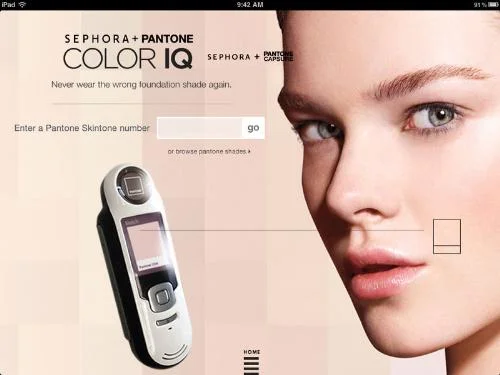Welcome to the next chapter of this Shift Guidebook® on Strategic Narrative.
Previously we talked about why the Hollywood model of storytelling doesn’t apply well to business in a digital age, and why we need a new kind of narrative that engages audiences as co-creators.
The foundation of this new kind of narrative is Shared Purpose.
Purpose has become a popular concept recently. But there are different kinds of purpose. Most narratives only address the first kind. A few address the second. The most powerful address all three.
Purpose TO is what you deliver to your stakeholders. It is the value you create by selling and delivering your product or service. Most marketing and communications is focused on this level of purpose and why a person should transact with the company as a customer, employee, partner or investor.
Purpose FOR is what you contribute to the wider community. It is not just what you sell, but why you sell it. It is your values as much as your value. This includes corporate social responsibility but extends into the broader brand position in the marketplace.
Purpose WITH is what you create with others. It is a shared goal to which everyone contributes. It is not just what you sell TO or do FOR others, but what everyone can do. Where Purpose TO is about transaction and Purpose FOR is about contribution, Purpose WITH is about co-creation.
The T-shirt test
What’s on your t-shirt?
A good test of Purpose TO vs. Purpose FOR is whether something would make sense to put on a T-shirt.
Dunkin Donuts has a mission to "serve fresh, delicious coffee" (Purpose TO). Starbucks has a mission to "inspire the human spirit" (Purpose FOR).
Stop&Shop has a mission to "offer safe, wholesome, quality guaranteed products in clean, modern and attractive stores" (Purpose TO). Whole Foods has a motto of "Whole Foods, Whole People, Whole Planet" (Purpose FOR).
Purpose FOR makes for a much better T-shirt than Purpose TO. But the third kind of purpose, Purpose WITH, generates the most powerful narrative.
Are people excited to wear your t-shirt even if they don’t work for you?
Who wears the T-shirt?
The test for Purpose WITH is who gets to wear the T-shirt. If only your employees wear the shirt, then it is Purpose FOR. If your customers are co-creators in the mission, i.e. if they also get to wear the shirt, then you have a truly shared Purpose WITH.
The makeup retailer Sephora is a good example of how a company can evolve its purpose.
Example of “The Beauty Authority:” Purpose TO.
Credit: PR Newswire.
“Classes for Confidence” held by Sephora—a Beauty Together: Purpose WITH.
Credit: Sephora Stands
In the beginning, Sephora had a mission to be “The Beauty Authority" (Purpose TO).
Then it changed its mission to lead a movement for "Transforming Beauty" (Purpose FOR).
Most recently, it has evolved its mission to "Beauty Together"
(Purpose WITH).
Hoarding purpose
Many companies known for their values and purpose do not actually have a Purpose WITH. They tend to hoard their purpose, keeping them stuck at Purpose FOR.
Starbucks, for example, has a purpose to “inspire the human spirit,” but Starbucks does little to help customers inspire the human spirit in each other. You might say that only the baristas get to “wear the shirt.”
By contrast, Airbnb has a mission for people to “Belong Anywhere” and they actively work on helping their hosts create a sense of belonging for their guests. They even are developing a metric for how much “belonging” their hosts create for their guests.
Exercise: Analyze your mission statement
To identify your Shared Purpose, start by analyzing your mission statement. Is it something that might belong on a T-shirt? Would someone hearing it be glad that you are at work on that problem?
One cautionary note: Don’t make it something too philanthropic. You want to tie it back to your business. It’s often a simple elevation. For one hospital system, it was a shift from “delivering care” to “being healthy.”
Once you have something that belongs on a T-shirt, think about who gets to wear it. Don’t keep it only for your employees. Include your customers, partners and wider community. For the hospital system, the shift from healthcare to health revealed a whole ecosystem contributing to their patients’ health.
Up Next:
Shared Purpose can be a bit tricky to figure out. The next chapter’s topic might help. We will look at Purpose Metrics as a way to measure your progress against this shared purpose. The exercise often sparks people’s thinking in productive ways.
Go Deeper:
If you want to learn more about Shared Purpose, read Mark Bonchek’s article in Harvard Business Review.
Share With Others:
If you find this Guidebook helpful, please share it with your colleagues.
We always welcome your questions, comments and feedback. Please click here to share your thoughts.
Banner image credit: Whole Foods







